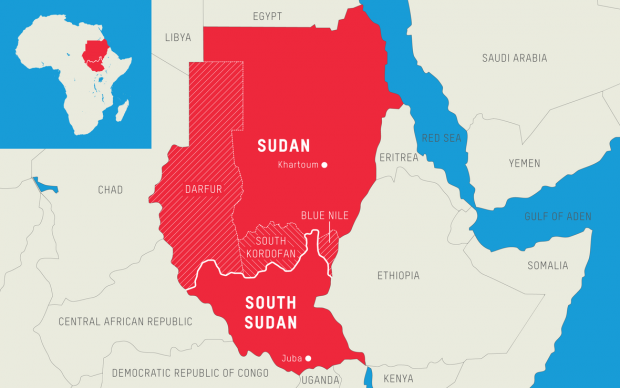
The relevance of unified Korean Peninsula for a future world – Part III: Lessons learnt: a divided Sudan

By Dr. Hassan Humeida – Kiel, Germany
BERLIN: Let us look at the Sudan (Eastern Africa) that had once been one country and is now divided.
Experts agree that the recent separation into the North and South Sudan is a failed experience. Both parts of Sudan are now in worse shape than before in both political and economic terms. Corruption has increased massively and so have crime, hunger and disease.
It all started with rebel soldiers from the Southern Sudan who have fought for half a century with the aim to turn Southern Sudan into an independent and prosperous state.
Indeed, the majority of oil reservoirs are located in the Southern region, while prosperity and wealth were largely located in the capital city “Khartoum”.
Besides differences in life-style and religion, emotions such as envy and jealousy were dividing the Northern and Southern people.
Also, there was a strong international interest to separate the Sudan into two states to weaken its influence on the North African continent. After a long period of discussion and debate, the separation agreement of South Sudan was signed in 2003 in Kenya, the so-called “Naivasha Agreement”, which paved the way for six years of transition and ended with the formal separation of North and South in 2011.
South Sudan became an independent state on July 9, 2011, which was supported by a majority of votes (99%) from its own people.
While the beginnings of the new state were celebrated, the situation has decreased dramatically in the last decade.
There are tribal conflicts in Southern Sudan, where different parties fight for power. Major players are President Silva Kiir Mardit from the Dinka tribe and Riek Machar from the Nuer tribe. Experts consider the state of southern Sudan now as an unsafe country, where indiscriminate killing and ethnic cleansing are very common.
Southern Sudan’s natural richness in terms of agriculture and natural resources, including major oil reserves, do not benefit the people, and are rather sources of corruption and in-fighting.
The international community has thus classified Southern Sudan among the four countries including Yemen, Somalia and Northern Nigeria to be threatened by famine.
The United Nations and the World Food Program estimate that about 5.2 million people, nearly half the population of Southern Sudan, are affected by famine.
We can learn from this political retrospective that unified countries are stronger than separated ones. It is hoped that the people of the Korea Peninsula can look at the two examples of Germany and Sudan and decide for themselves what route to take for their own nation.
E-Mail: Hassan_humeida@yahoo.de


